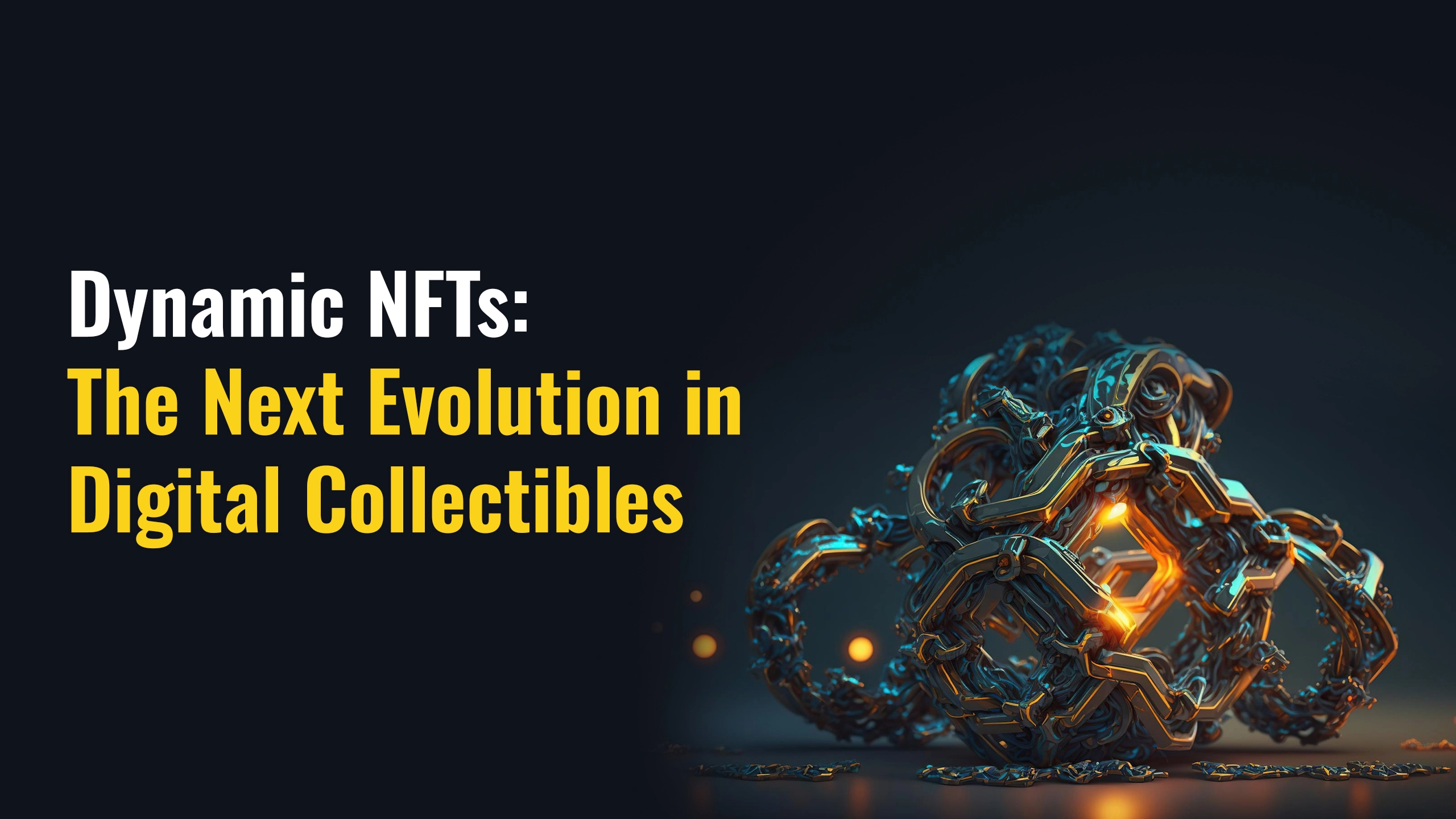In the world of blockchain technology, Non-Fungible Tokens (NFTs) have been making waves as unique digital assets that can be bought, sold, and owned. NFTs have gained tremendous popularity, particularly in the art and collectibles space, where they have revolutionized ownership and provenance. One of the latest advancements in the NFT space is the emergence of dynamic NFTs, which take the concept of digital ownership to a whole new level. In this blog post, we will delve into the world of dynamic NFTs, exploring what they are, how they work, and why they are a significant development in the NFT ecosystem.
Understanding Dynamic NFTs
At its core, a dynamic NFT is an NFT that can change or evolve over time. Unlike traditional NFTs, which represent static digital assets, dynamic NFTs have the ability to update their content or characteristics based on predefined conditions or external factors. These conditions can be programmed into the smart contract governing the NFT, enabling it to adapt, react, or respond to various stimuli.
How Do Dynamic NFTs Work?
Dynamic NFTs leverage the power of smart contracts, which are self-executing contracts with the terms of the agreement directly written into code. Smart contracts enable dynamic NFTs to have programmable properties and behaviors. By incorporating external data feeds, APIs, or oracles, dynamic NFTs can interact with real-world events, changing their appearance, attributes, or even functionalities based on predefined rules.
To illustrate this, let’s consider an example: a dynamic NFT artwork that changes based on the current weather. The smart contract governing the NFT can access weather data through an oracle or API and modify the artwork to reflect the current weather conditions. So, on a sunny day, the artwork might depict a bright and vibrant scene, while on a rainy day, it could transform into a gloomier representation. The possibilities are virtually endless, limited only by the creativity and imagination of the developers and artists.
Why Are Dynamic NFTs Significant?
- Enhanced Interactivity: Introduce a new level of interactivity and engagement for collectors and enthusiasts. The ability to see an artwork evolve or respond to external events creates a more immersive and dynamic experience, blurring the lines between the digital and physical worlds.
- Personalization and Customization: Dynamic NFTs allow for personalized and customized experiences. Each owner can have a unique version of the NFT based on their preferences or the conditions they set. This customization feature adds value and uniqueness to the NFT, making it even more desirable.
- Utility and Functionality: Dynamic NFTs can go beyond visual changes and offer additional functionalities. They can act as access tokens, granting holders special privileges or unlocking exclusive content or experiences. For example, a dynamic NFT associated with a music album could provide access to backstage passes or limited edition merchandise.
- Evolving Value: As dynamic NFTs change or update over time, they can create a sense of scarcity and uniqueness. The evolution of an NFT’s appearance or features can drive increased interest and demand, potentially leading to a higher value in the marketplace.
Challenges and Considerations
While dynamic NFTs offer exciting opportunities, they also present challenges and considerations. The reliance on external data feeds introduces dependencies on oracles or APIs, which need to be reliable and secure. Additionally, the programmable nature of dynamic NFTs requires careful consideration of the smart contract’s design and potential vulnerabilities.
Conclusion
Dynamic NFTs represent an evolutionary step in the world of digital collectibles. By introducing the ability to change and adapt over time, these NFTs provide enhanced interactivity, personalization, utility, and evolving value for collectors and enthusiasts. Through the power of smart contracts and external data feeds, dynamic NFTs can react to real-world events, creating a dynamic and engaging ownership experience. While challenges exist, such as reliance on oracles and smart contract vulnerabilities, the potential of dynamic NFTs to transform the NFT ecosystem is undeniable.
As the world of blockchain and NFTs continues to evolve, dynamic NFTs are pushing the boundaries of what is possible in terms of digital ownership and creativity. Artists, developers, and collectors alike are embracing this new frontier, exploring the vast potential for dynamic and interactive digital art, collectibles, and experiences. It will be fascinating to see how this technology develops and how dynamic NFTs shape the future of the NFT landscape.




